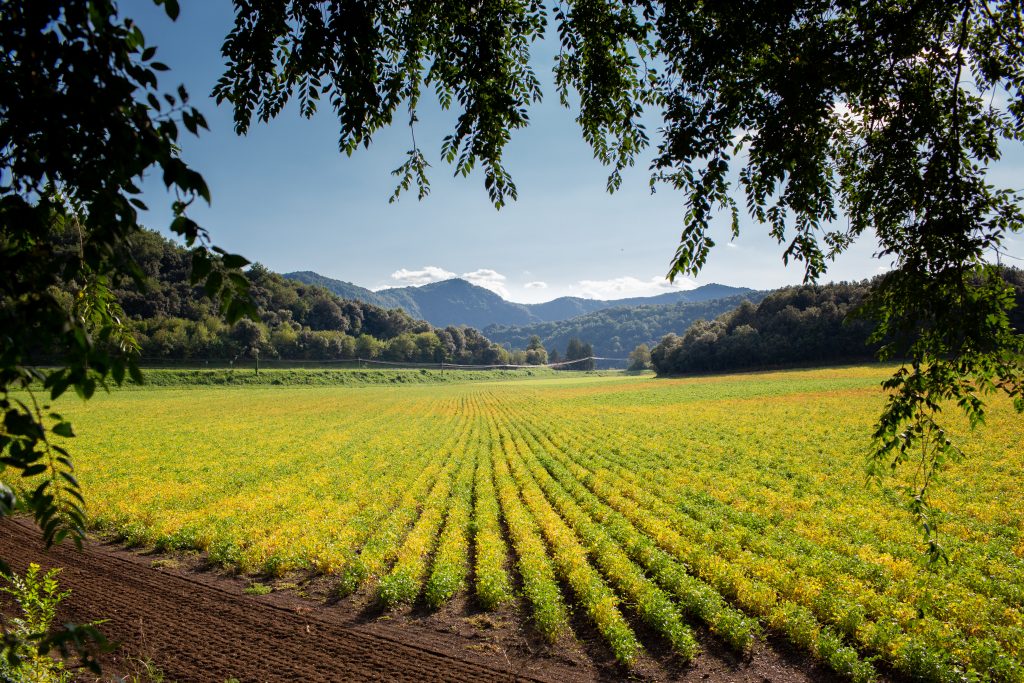Does plastic harm the environment, and plants, specifically? We take a closer look at how plants are disrupted by plastic, specifically microplastics in the soil. We also explore the issues surrounding nano plastics in the environment too.
Do you have plastic around plants? Are you interested in the effect of plastic on the environment?
Does Plastic Kill Plants?
How does plastic kill plants?
There is substantial literature on the effects of plastic on both marine and terrestrial habitats. Oceanic plastic waste, for one, poses a threat to all marine life. Marine animals can easily mistake plastic garbage for food, which eventually leads to their demise. But does plastic have the same effect on plants? While the research is still ongoing, there is mounting evidence that plastics can harm plant life. The general theory goes this way: plastics harbor chemicals that can change certain soils’ chemical profiles. Any change in soil chemistry can cause a domino effect on all plant life dependent on the soil. The same impact that we see in the ocean as Microplastics continues to threaten marine life and marine ecology in general.
What’s been stopping researchers from determining the exact impact of plastic in the soil is that a lot takes place beyond the naked eye’s scope. Compare the situation with marine life, for example, where you can see sea turtles eating plastic bags or even a sea turtle with a plastic ring around its midsection. It’s challenging, to say the least, to get more measurable evidence from plants in the soil.
Some authors argue that plastics may not be as harmful to plants because soils are naturally particle-rich, and plants are designed by nature to take only what it needs from the surrounding soil. However, this argument ignores how widespread the proliferation of Microplastics can be in different terrestrial ecological systems.
Microplastics may not kill plants outright, but the danger they pose to people and animals is very real. We have yet to understand how nano plastics affect plant growth in the long term. Plants are known for breaking down microplastics to nano plastics, and researchers are only beginning to gather data about this event.
Why Is Plastic Bad for Plants?
There is mounting evidence that microplastics in the soil have some metabolic effect on plants. Researchers have observed that the presence of polyester fibers tends to increase the bacterial activity in the soil, which can then increase the nutrient exchange with the root system of the plant. In other words, plastics are changing how plants metabolize nutrients and interact with the medium.
According to scientists, they have to be very careful about suggesting that plastics can improve plant growth because there aren’t many studies yet, and it would be irresponsible to suggest that plastics are good for anything in the environment, seeing what it has done to different animals and the landscapes of life, as we know it.
Furthermore, anything that changes how plants develop over time can’t possibly be a good thing, considering that plants have their growth method. Nature did not design plants to accelerate in growth at all suddenly. In short, much still has to be discovered about the true effects of microplastics in plant life.
How Does Plastic Harm the Environment Facts:
How is plastic harmful to the environment?
The main problem associated with plastics is they tend to disrupt ecological systems and poison animals. Plastic is not edible. It never will be, and the more plastic we have in the environment, the more at-risk animals, including us, since we are in the same terrestrial environment affected by plastic. Below are some facts about plastics and the harm that it does to the environment:
- The majority of the oceanic plastic waste we are facing right now was produced in the last fifteen years alone.
- By 2015, humans are producing and using more than 500 million tons of plastic waste. There will be a tripling of this quantity in thirty years. Plastic is present wherever we turn, and it is used for just about anything we can think of producing.
- Every year eight million tons of plastic ‘escape’ into the oceans and seas. To be sure, this is only a small amount of the plastic that is heaping up on land. But there is too much, and our oceans cannot take an ounce of plastic more.
- The modern plastics in our oceans are now more durable and flexible, and even more resistant to breakdown. Plastics are becoming more durable for the products that they carry (or, in some cases, the plastic is the product itself). It’s good for human use, but what happens after we are done using the plastic?
- Both terrestrial and oceanic animals are ingesting microplastics and large pieces of plastic. Plastics are known for disrupting metabolic pathways in mammals, and they have been detected in the smallest ocean animals in the form of microplastics. Microplastics are too small to be seen, and they can float in water without even being detected. Fish and other marine life that humans harvest and eat now have quantities of microplastics in their flesh, and we are ingesting plastic when we eat any seafood. Microplastics are now part of human diets, and we can no longer do anything about it.
Can Plants Grow in Plastic?
If you ask about plastic pots and bags, the answer is yes, plastics are an excellent choice for that purpose. Plastic bags and plastic pots do not have the wicking action like clay does, so if you are planting cultivars that require lots of moisture, you’re in for a treat.
However, we still advise that you use only plastic pots with the proper drainage, as too much water will eventually kill any plant. Also, in conjunction with this dimension, always use the right soil, so the water is held at the right level, and the plant gets enough moisture within a reasonable period.


